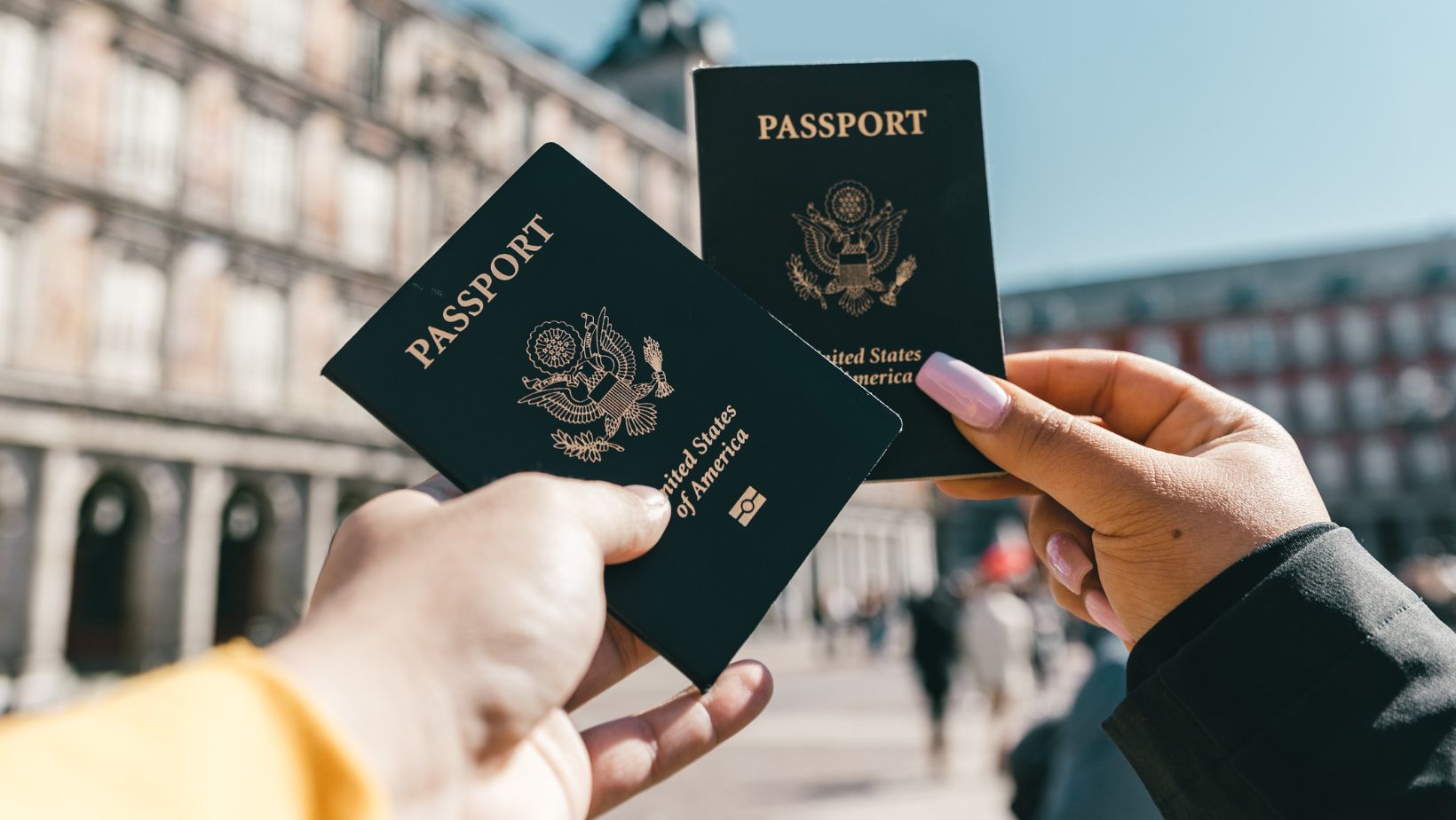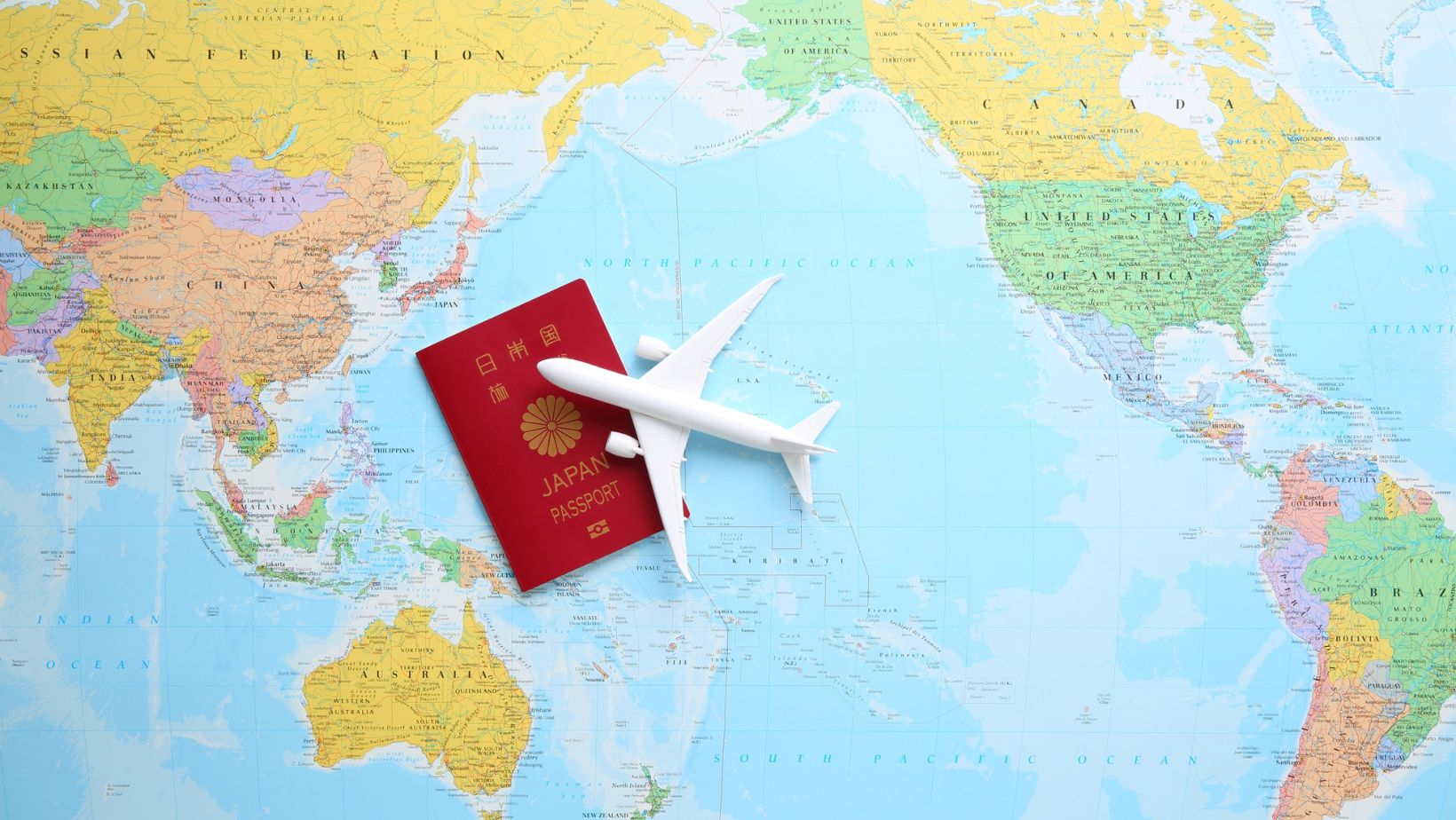Passport photos are held to strict rules. One small error can trigger a rejection and delay your application. This guide lists the ten most common mistakes, why each fails, and a simple fix you can apply right away.

A single mistake can ruin a submission. Below are the top ten errors, a brief reason they fail, and a one-line fix for each.
- Wrong dimensions or head-size
Why: Authorities require exact mm or pixel specifications and a precise head-to-frame ratio because standardized dimensions ensure facial features are captured at a consistent scale for both human review and automated biometric matching. Photos outside those tolerances can cause misaligned cropping, obscure the chin or hairline, or produce incorrect scaling during printing or digital processing, any of which triggers rejection. Using the correct dimensions prevents delays and reduces manual rechecks.
Fix: Use the official dimension guide or an online cropping tool such as IDPhotoDIY.
Fix: Use the official dimension guide or an online cropping tool such as IDPhotoDIY.
- Non-plain background
Why:Patterns, textures, and clutter add visual noise that confuses biometric algorithms and creates false edges, shadow artifacts, or poor subject-background separation.
Fix: shoot against a plain white or off-white wall, place the subject 1–2 m from the background to avoid cast shadows, and remove objects or patterns. Alternatively, you may use online photo tool such as IDPhotoDIY to help you remove and replace the background with a compliant solid color.
- Harsh lighting or shadows
Why: Strong or uneven light casts shadows that hide facial features, change perceived contours, and reduce contrast, which breaks both human inspection and biometric matching. Shadows on the face or background also create edges that algorithms misread, raising rejection risk.
Fix: use two diffused light sources at roughly 45° to the subject or face the subject toward a large, diffused window for soft daylight. position the subject 1–2 m from the background to avoid cast shadows. add a white reflector or sheet below/behind the camera to fill under-chin shadows. avoid direct flash and strong backlighting. check the photo zoomed in for shadows and glare (especially on glasses) before saving.or soft daylight; eliminate shadows behind the head.
Not facing the camera
Why: Face must be full-frontal for recognition systems. A turned or tilted head changes the relative positions of eyes, nose, and chin and can break automated matching or trigger manual rejection.
Fix: Keep eyes level, chin straight, shoulders squared, and look directly at the lens. Set
the camera at eye level on a tripod or stable surface, mark where the subject stands, use a timer or remote to avoid leaning, take several shots, and check the zoomed image for symmetry before saving.
Glasses glare or tinted lenses
Why: Eyes must be visible and glare hides them.
Fix: Remove glasses. If medically required, provide paperwork and adjust lighting to remove glare.
Face partially covered
Why: Hair, hats, masks, or accessories that obscure the eyes, nose, mouth, or jawline prevent accurate biometric matching and often trigger manual rejection. Even small occlusions like a fringe over the eyes or large earrings can change feature geometry and reduce match confidence.
Fix: Move hair back and secure with clips. Remove hats, masks, scarves, and heavy jewelry unless a verified religious or medical exception applies. If an exception is allowed, confirm the issuer’s rules and provide any required documentation.
Excessive retouching or filters
Why: Altered features break identity checks.
Fix: Only adjust exposure or color. No smoothing, no filters, no reshaping.
Low resolution or wrong file type
Why: Blurry or improperly formatted files can be unreadable.
Fix: Save at required pixels/DPI and format (usually JPEG) without high compression.
Inappropriate clothing or poor contrast
Why: Clothing that blends with background or uniforms are disallowed.
Fix: Wear plain, contrasting clothing. Avoid uniforms, loud patterns, and large jewelry at the neck.
Submitting a photo of a photo or bad print
Why: Secondary copies lose detail and add glare or skew.

Fix: Submit the original digital file or lab-quality prints on proper photo paper.
Final checklist (10 seconds)
- Confirm official dimensions and head ratio.
- Plain light background.
- Even soft lighting. No shadows.
- Face centered, frontal, neutral expression.
- No glasses or glare unless required.
- No face coverings.
- Minimal editing only.
- Correct file format and resolution.
- Contrasting, plain clothing.
- Submit original digital or high-quality print.
Closing note
Follow the issuing authority’s official passport-photo requirements exactly. Small, correctable errors cause rejections and delays—double-check dimensions, background, head placement, and file format before submitting to speed approval.


